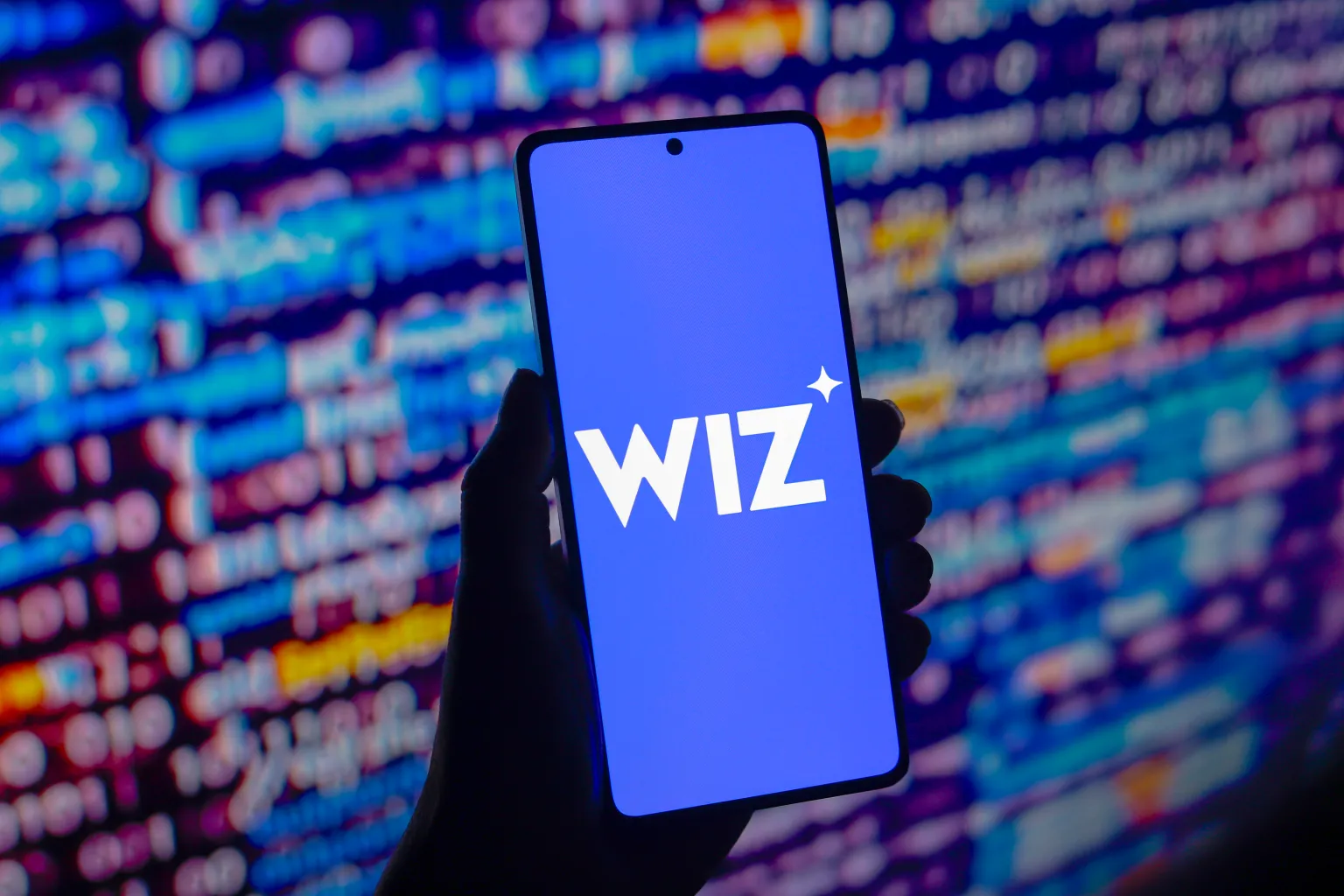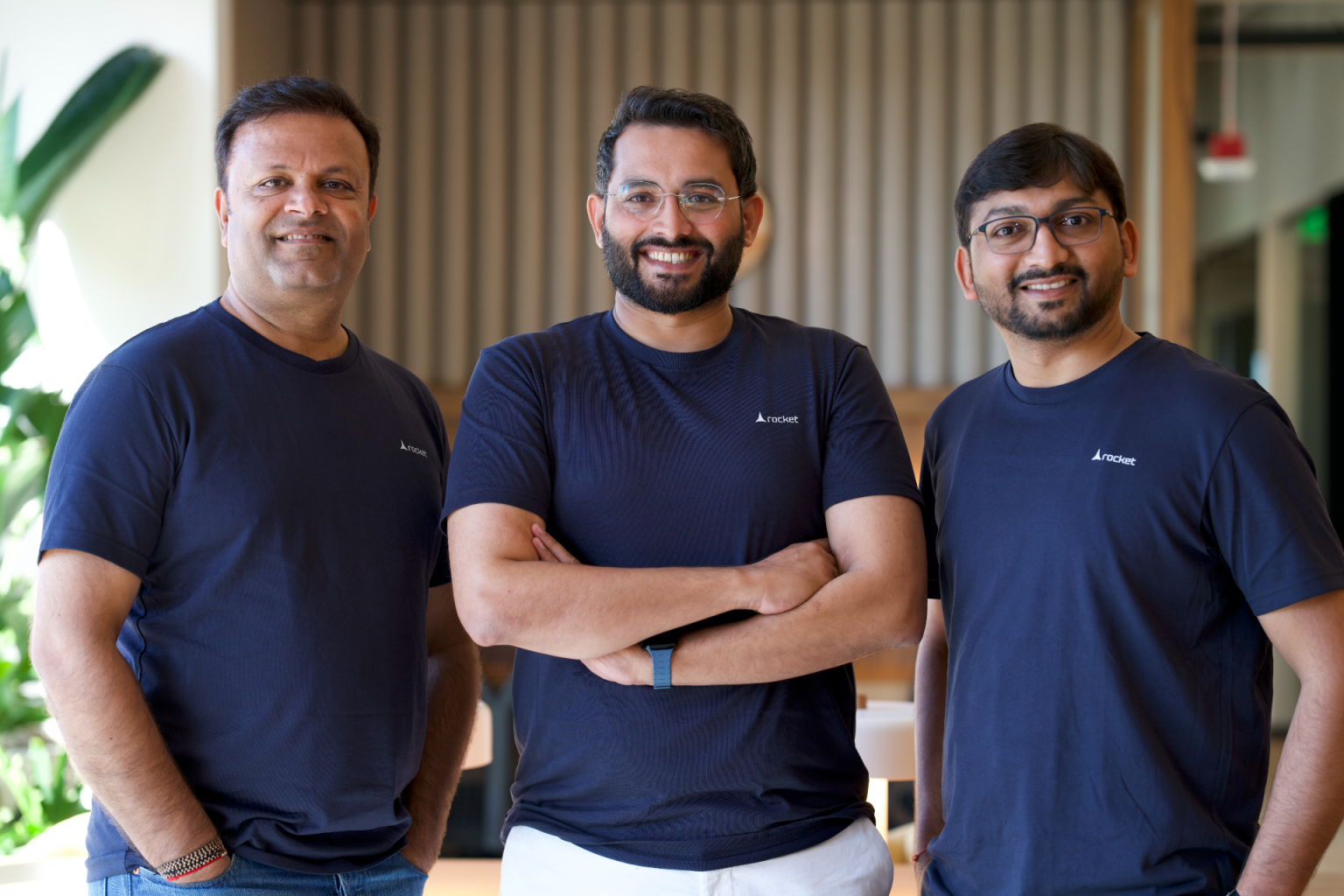Energy Consumption Reaches New Highs
It has been revealed through Google’s latest sustainability report that the company’s data center electricity usage more than doubled over the past four years. In 2024, a total of 30.8 million megawatt-hours of electricity was consumed by Google data centers — up from 14.4 million megawatt-hours in 2020, the earliest year for which data center consumption figures were published.
Data Centers Dominate Electricity Usage
Electricity demands at Google have been found to be overwhelmingly driven by data center operations. In 2024, 95.8% of the company’s total electricity use was attributed to its data centers. This ratio has remained largely unchanged over the past four years. Based on historical estimates, data center electricity consumption in 2014 was likely just over 4 million megawatt-hours — representing a sevenfold increase in a decade.
Efficiency Improvements Nearing Limits
While significant investments have been made in improving the power usage effectiveness (PUE) of Google’s data centers, the gains have begun to taper off. In 2024, the company-wide PUE was reduced slightly to 1.09, improving by just 0.01 compared to 2023 and by only 0.02 over the past ten years. Most major efficiency improvements have already been implemented.
Carbon-Free Commitment Drives Energy Investments
Despite the sharp rise in power demand, Google remains committed to running entirely on carbon-free energy. To meet this ambitious target, heavy investments are being made in a diverse mix of energy sources, including solar, wind, geothermal, and both nuclear fusion and fission.
Geothermal and Nuclear Projects in Development
Geothermal energy has been identified as a particularly promising option due to its consistent output. Companies like Fervo Energy, supported by Google, are enabling the development of enhanced geothermal systems in more regions.
In the nuclear sector, a 200-megawatt fusion energy purchase has been announced from Commonwealth Fusion Systems, with delivery expected in the early 2030s. Additionally, a 500-megawatt nuclear fission deal has been signed with Kairos Power, which specializes in small modular reactors.
Renewables Fill the Immediate Gap
While nuclear projects are still years away, renewable energy capacity has been rapidly expanded. In 2024 alone, 600 megawatts of solar power were secured in South Carolina, with 700 megawatts more added in Oklahoma. A larger collaboration with Intersect Power and TPG Rise Climate will see several gigawatts of carbon-free capacity developed through a $20 billion investment.
Gaps in 24/7 Carbon-Free Coverage
Though Google has contracted enough renewable energy to match its annual consumption, real-time coverage remains incomplete. Globally, 66% of hourly energy use in data centers is now matched with carbon-free power. However, disparities remain: Latin American operations reached 92% carbon-free coverage in 2024, while data centers in the Middle East and Africa lagged behind at just 5%.
The Long Road to 24/7 Carbon-Free Power
According to Google’s head of advanced energy, Michael Terrell, the goal remains 24/7 carbon-free energy across all operations, not just annual matching. Achieving this level of coverage, he stated, will require dependable, clean energy sources — hence the company’s strategic push into geothermal and nuclear energy.
sources ( Techcrunch )




